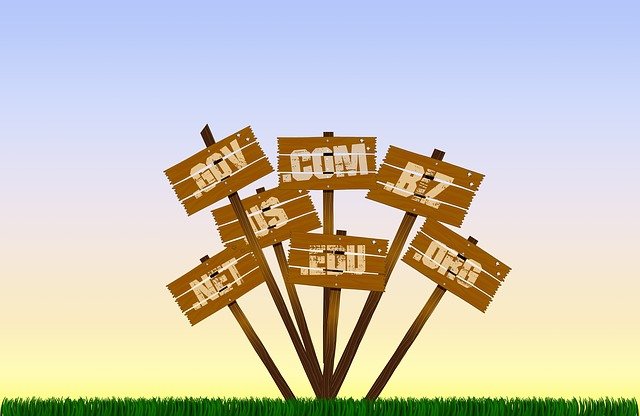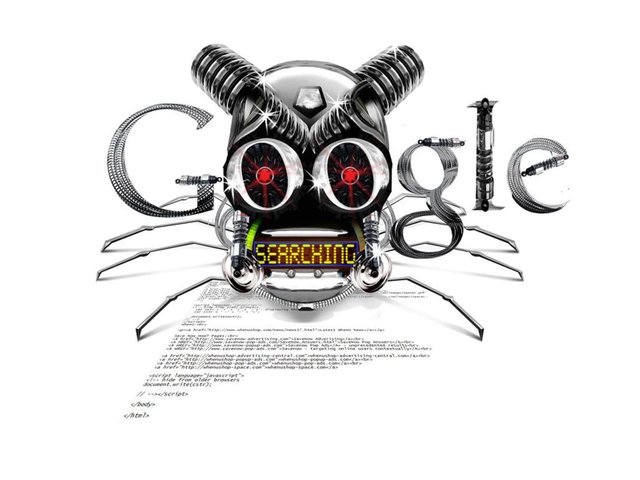Myth Mystery and Magic Of SEO - Part 6 - Locations, Location, Location
What is THE most important part of SEO keywords? The location of those keyterms. When the Google Bot comes to check out your site, it doesn’t just look for the keyterms you might have put in the head tags, it looks for EVERY place you used those keywords.

The unofficial spokesperson for Google, Matt Cutts, has indicated even years ago that Google looks at the code, but has deprecated (in plain English - ignores) many of the code tags that gurus say are most important, including the keytag. Instead they look for other signals of what the page and the site are all about. And where they look for that signal is completely in YOUR control.
If you are doing a website, first and foremost look at your domain name. Try to get your most important keyword in that name and try to get that as a .com extension. That’s really hard to do anymore, and Google and other major search engines don’t give it the ranking weight they once did, but do try. Also try to keep that name short. While typeins are not that common anymore, with most people just clicking on a link instead of typing in a url, it’s still good practice to keep the domain short and memorable.

The truly most important part of any article, page, video or even social media post is the title. You must satisfy two groups with your title - the Search Bot and the potential reader. You want a keyword or phrase in that title and yet you still have to make it stand out to the reader so it will get clicked and actually read. Good title writing is an artform I think. Whether it’s the title of a vid on YT, or the title of an article or the page title of a website, it’s the first thing a bot looks at, and the first thing that shows in a Google search result. Check this title and description from the first page of the SERPs.


Speaking of character limits, please my fellow Steemians, I love you all, but STOP, please STOP writing incredibly long, incredibly boring titles for your articles. Try to keep them to about 7 words - not counting words like a, an, the, of. It’s ok to run over 7 words sometimes, but 17 is just waaaaay too long and totally ineffective.
Remember, Steemit posts make it into the Google SERPS, too. You’re not just being found by fellow Steemians, but by potential Steemians who may read your article and decide that Steemit is the place they want to hangout, too.
The second most important part of your post or description for both bots and potential viewers is the first two or three sentences of your article or description. There is a limit on characters for what Google shows in the SERPs. When you run past that limit you will see the … that Google uses to indicate there is more. So do NOT use “read more here” or anything like that.
Just like the title, you want to get some keyphrases in those opening sentences,but you also want to use them to attract your reader and get them to spend time reading the entire article or watching the video. The time spent onpage is an important part of the Google ranking system which we’ll go into in a future article.
Because you have more “space” to work with, try to get 2 or 3 of your main keyphrases into these opening sentences. You can also introduce a phrase or two from your secondary list IF and only if those sentences will flow naturally and make sense with those phrases added.

Working your way down the page, write naturally, but be sure to use keyterms (which should flow naturally if you’re chosen the right ones) and include the same main keyterms that you used in your opening sentences in your ending sentences.
The number of times you use a keyterm does not count nearly as much as WHERE you used that keyterm. Domain name (if possible) title, opening sentences, ending sentences and a few times in the rest of the body and you’re golden.
In our next article we’ll go into the placement and keyword inclusion for images, a very misunderstood part of keyword placement. We’ll also hit some of the WordPress, Steemit, YouTube and popular storefront SEO issues.
All images are screenshots or used courtesy of Pixabay
Previous SEO Articles in This Series
The Myth and Magic of SEO
The Marketing Mindset
Keywords - Part 1
Keywords - Part 2
Keywords - Part 3
Why Am I Writing This Stuff and How Will It Help Steem and Steemit?
I’ve been helping clients reach good rankings and teaching SEO for more years than I care to think about. Some of you may have taken part in Discord workshops and tutorial sessions I’ve had with various groups here on Steem. Because the blockchain is based on transparency and openness, it’s time to bring that training out from the private Discord groups for everyone on Steemit.
If we want Steem and Steemit to grow, we need to be able to compete for eyeballs on the traditional net in an effective manner. Thus, we need to know and understand SEO because it is the primary mover behind getting those eyeballs on our content. By breaking down SEO into manageable chunks of information, I’m hoping everyone reading these articles will be able to improve their own rankings and turn more conventional net people into Steemians.
Excelente, los bots de google se renuevan. yo estoy aprendiendo SEO. Si gustas puedes ver mi web y me brindas un consejo más https://steemit.com/seo/@madiba24/consejos-de-seo-para-principiantes-que-es-y-como-lo-hago-desde-venezuela